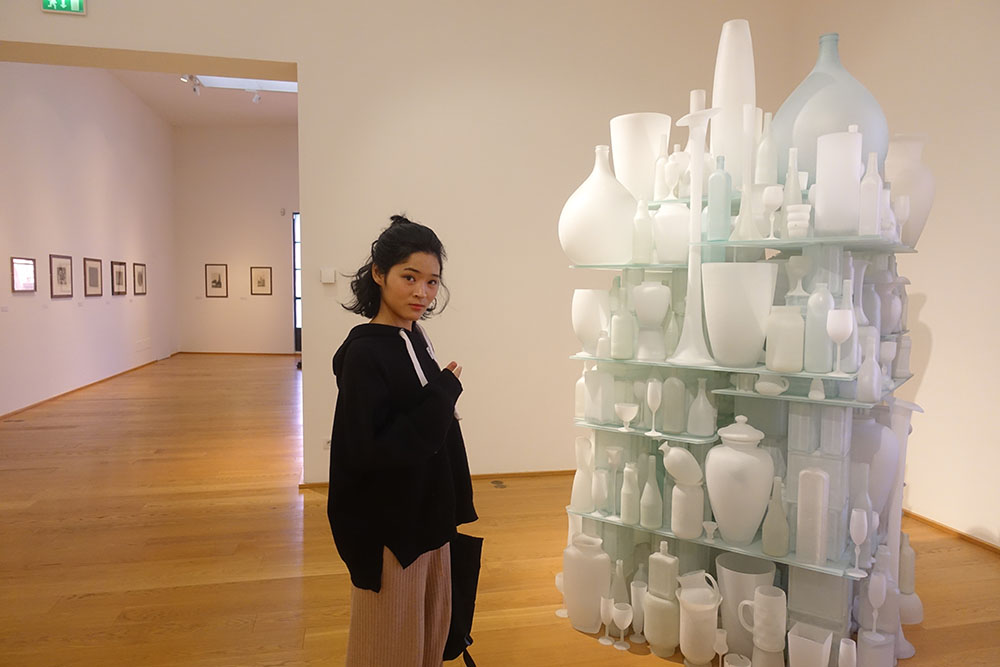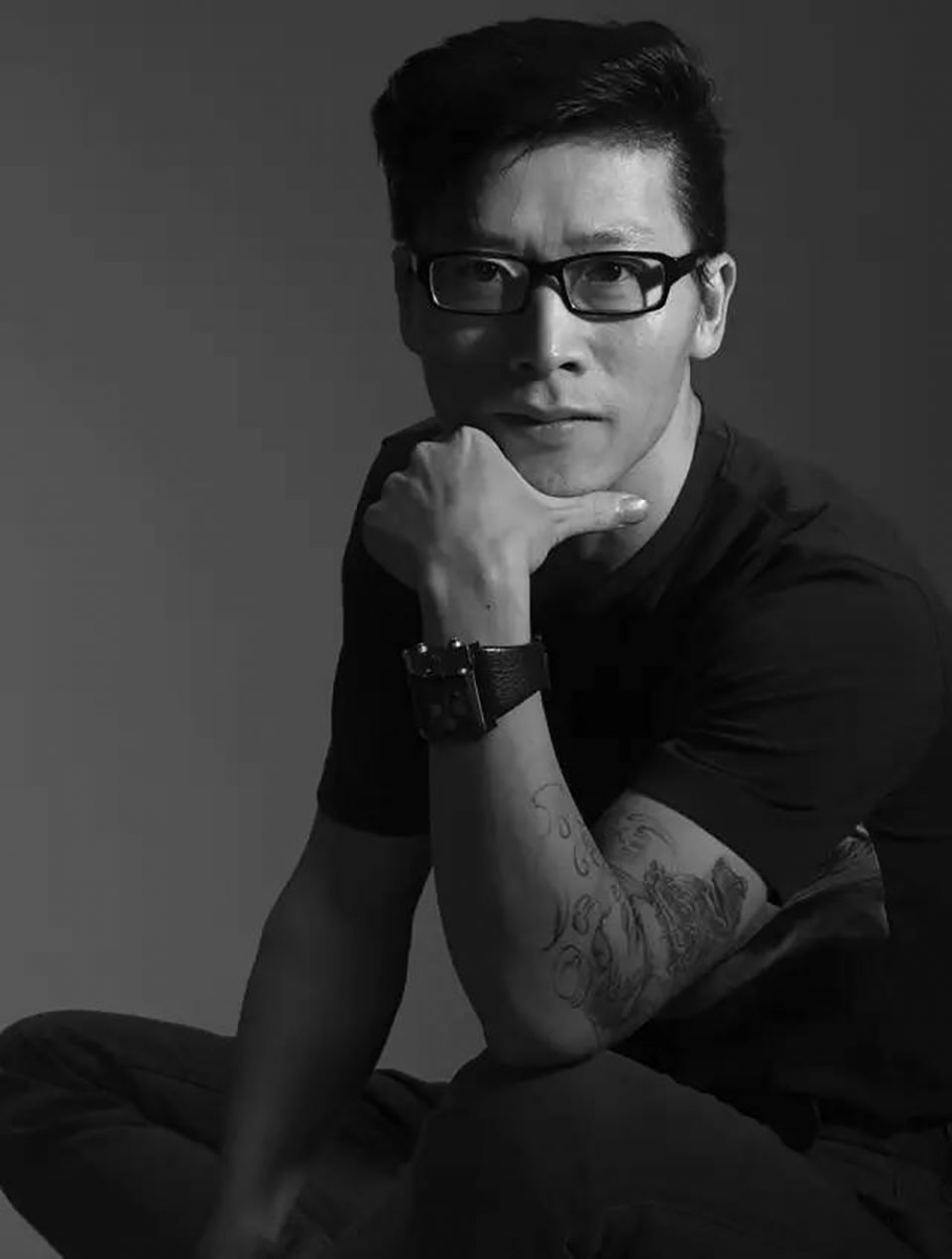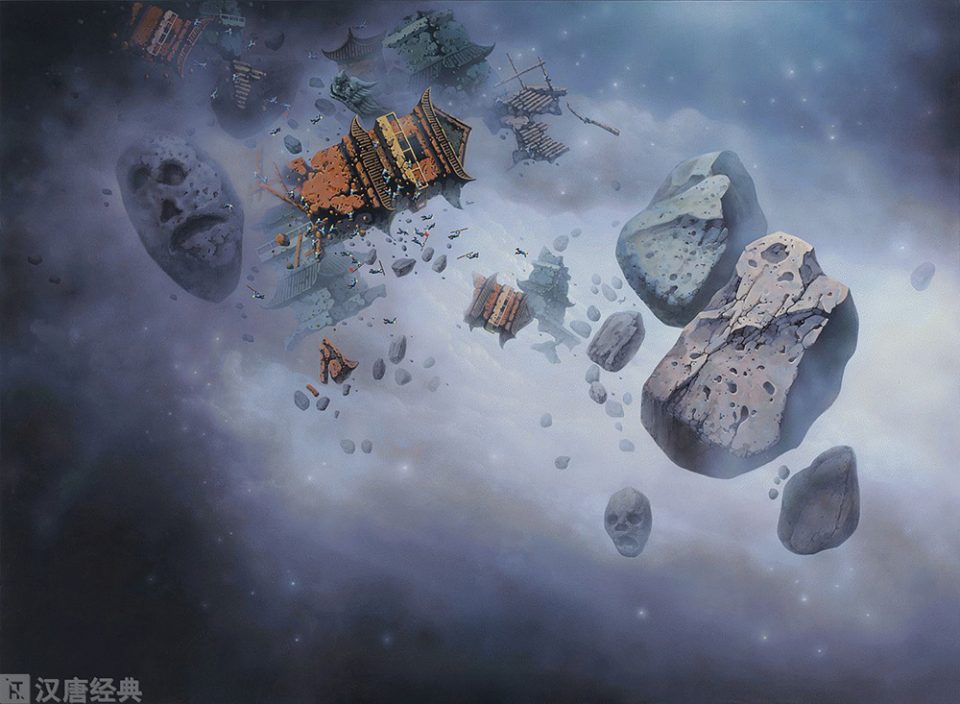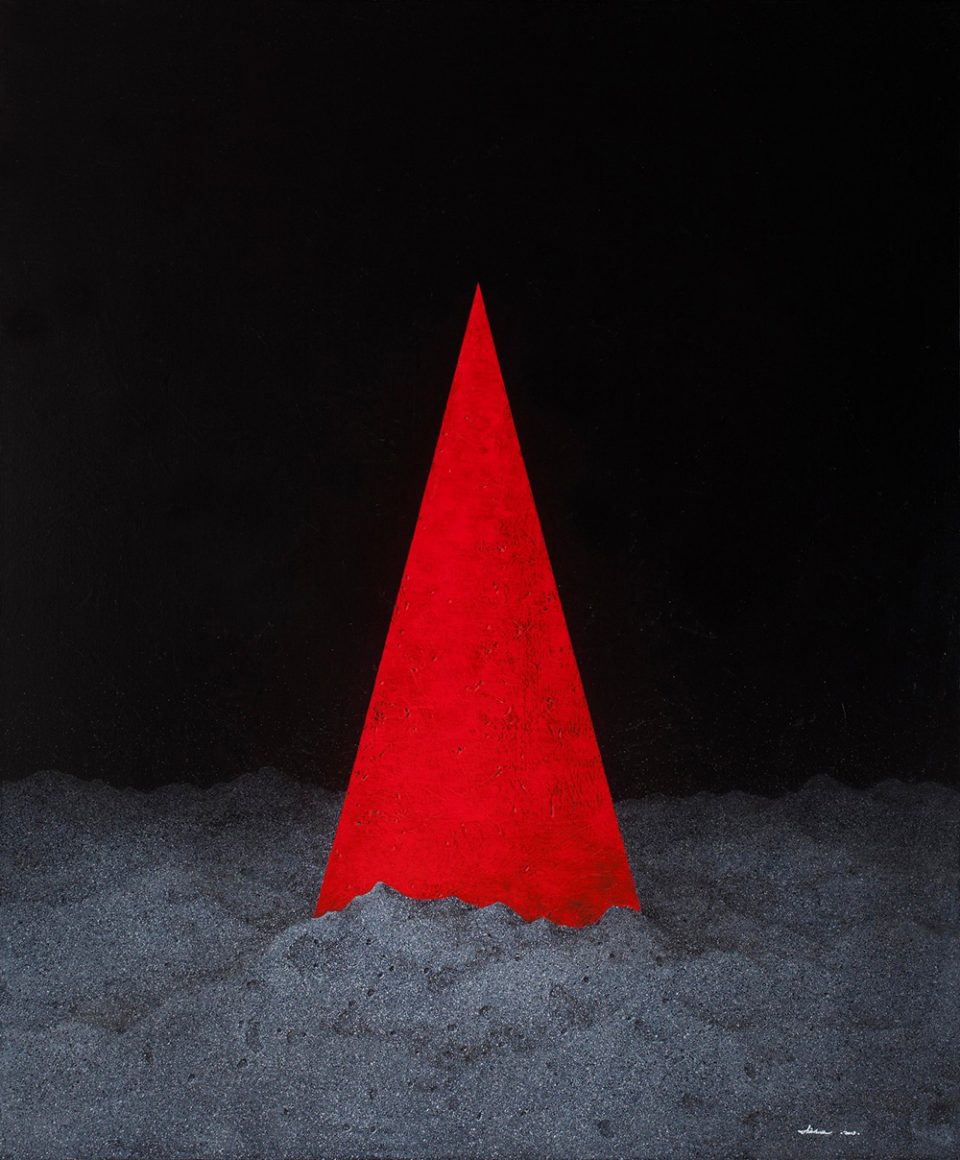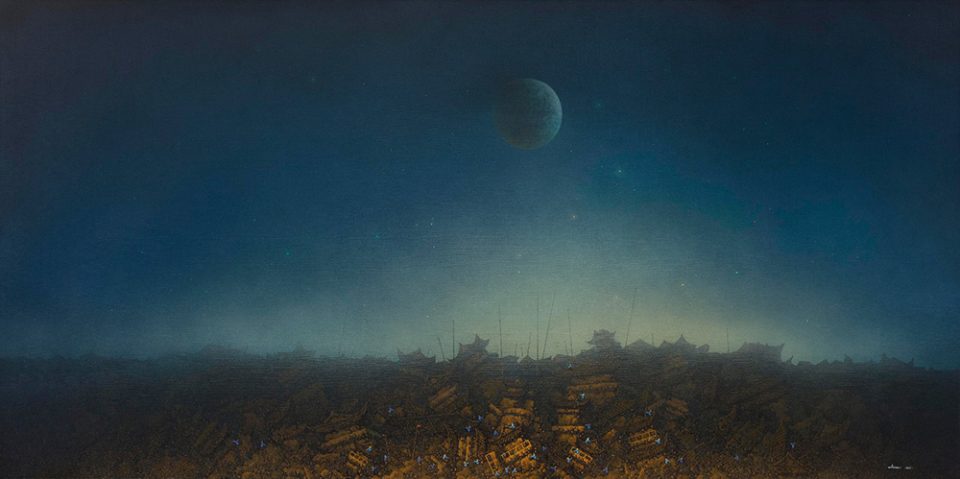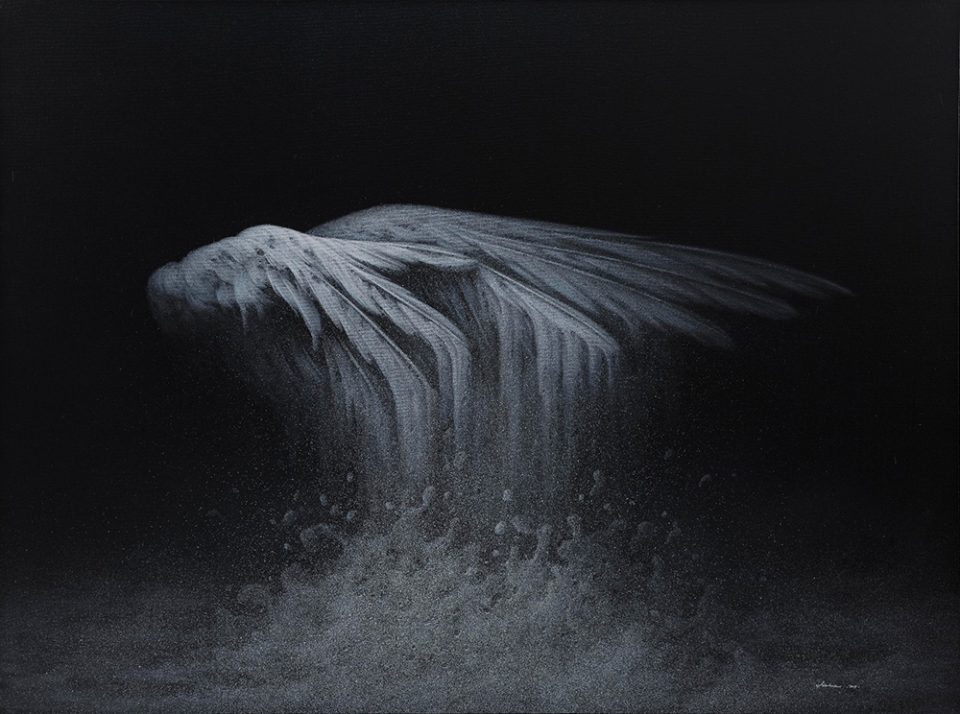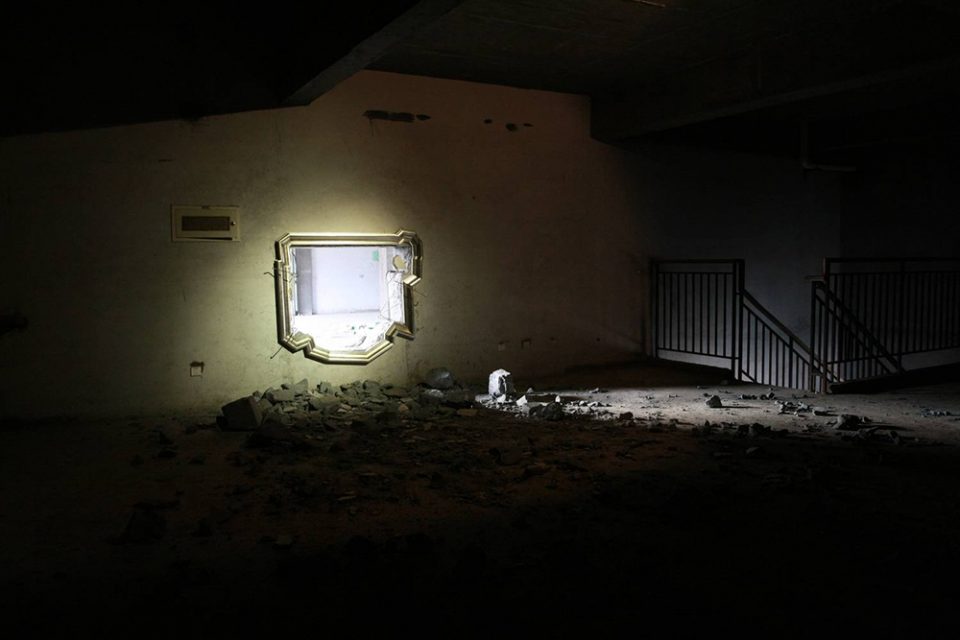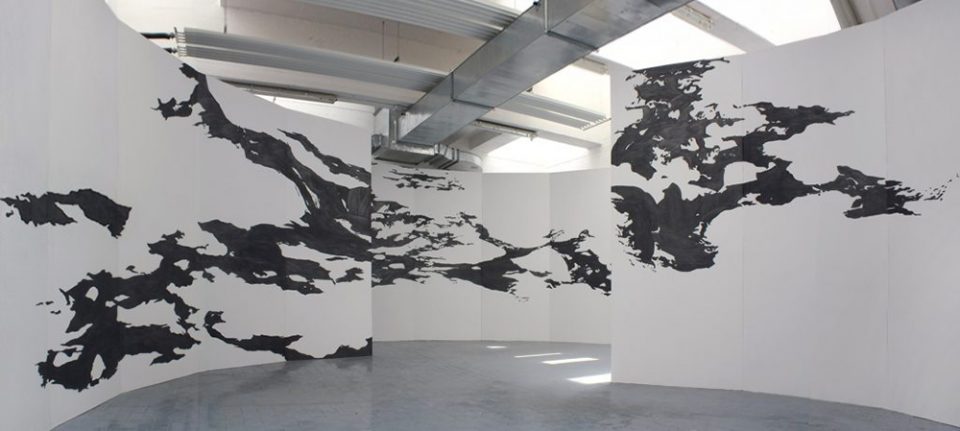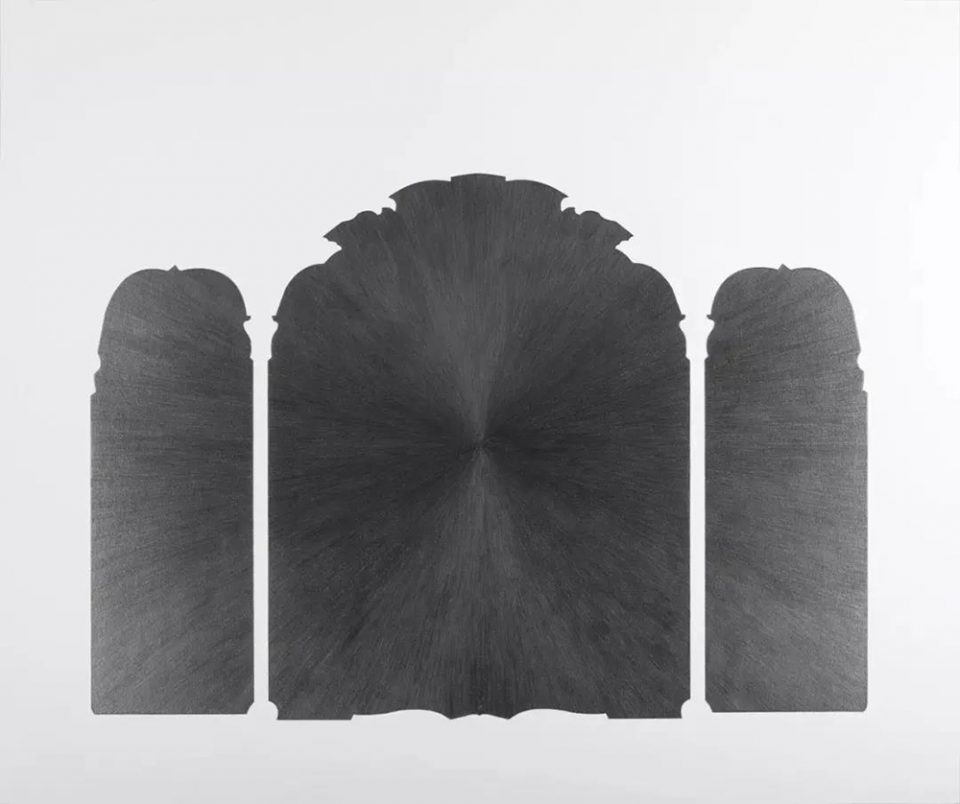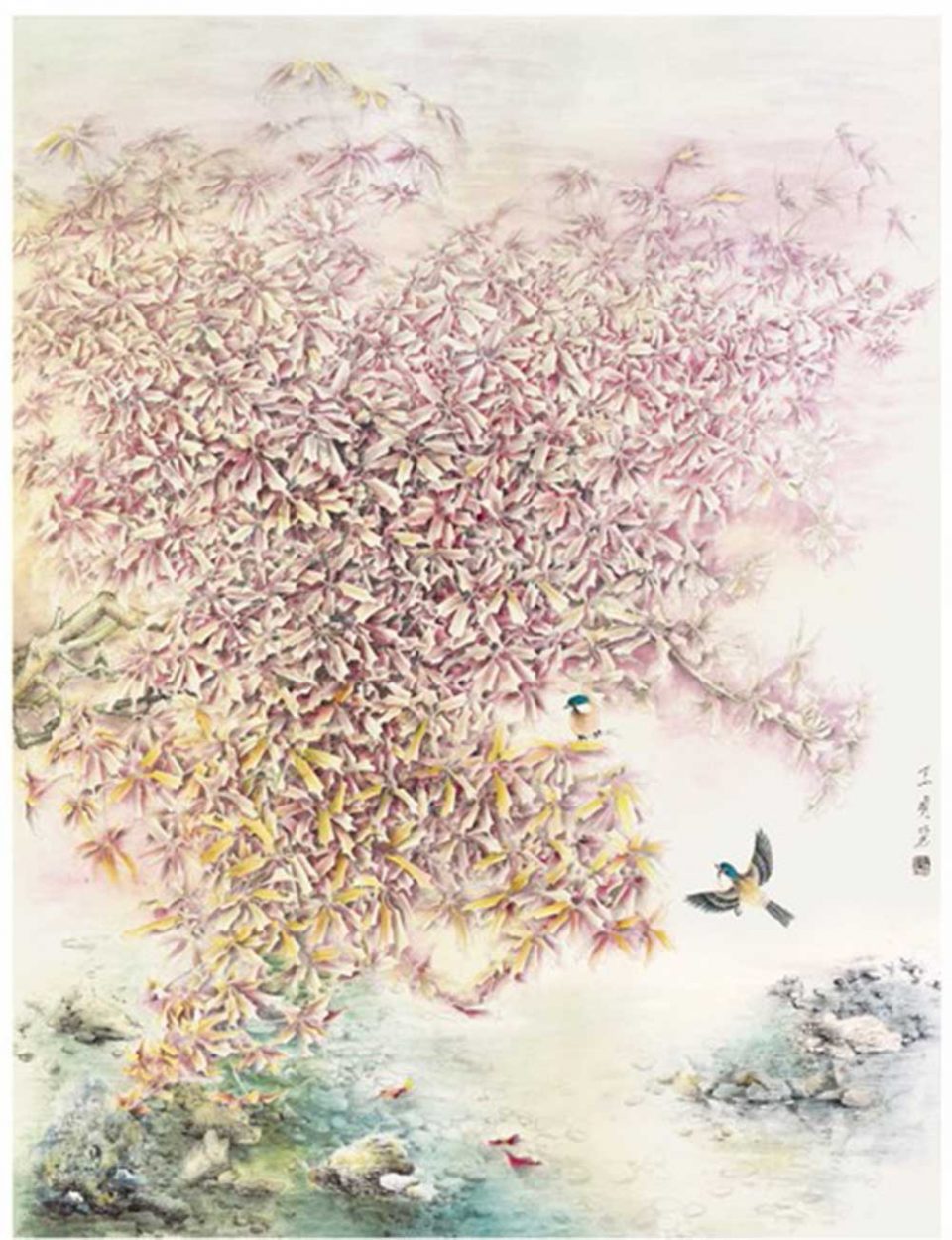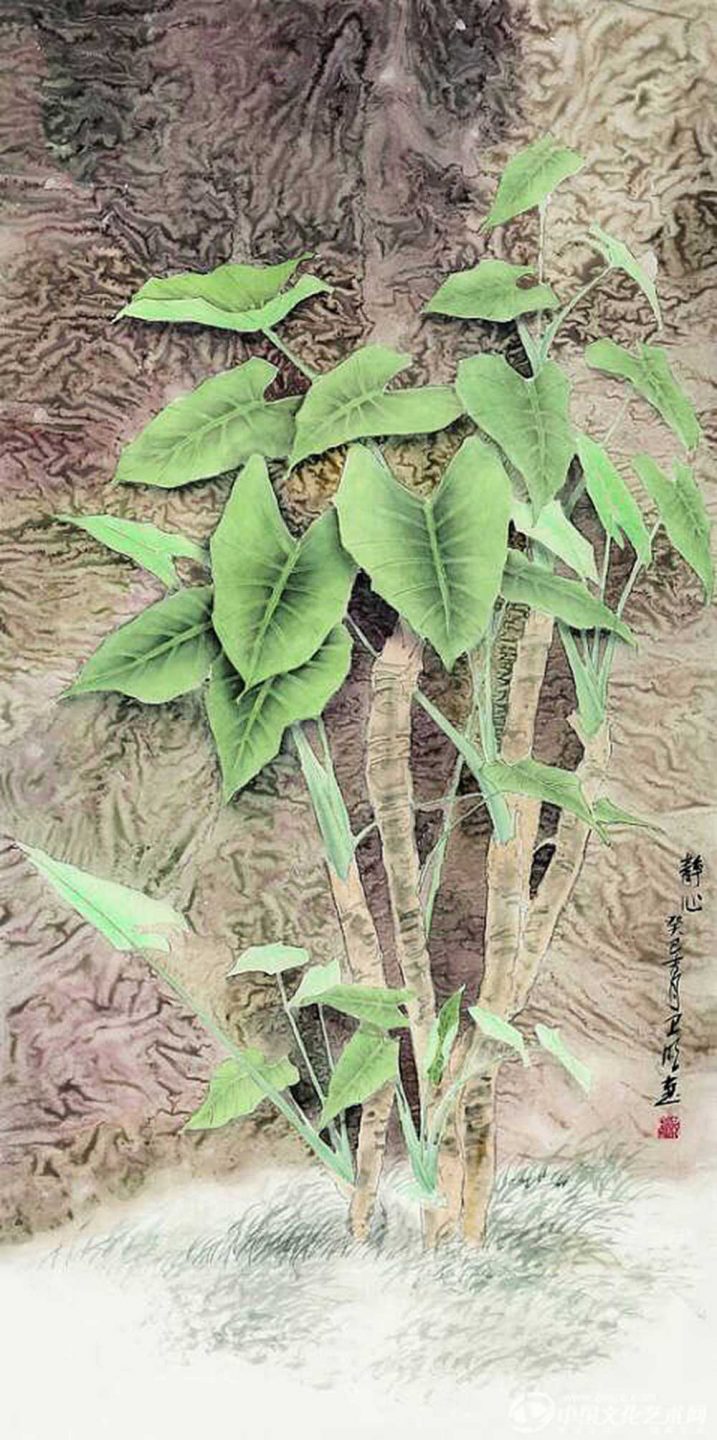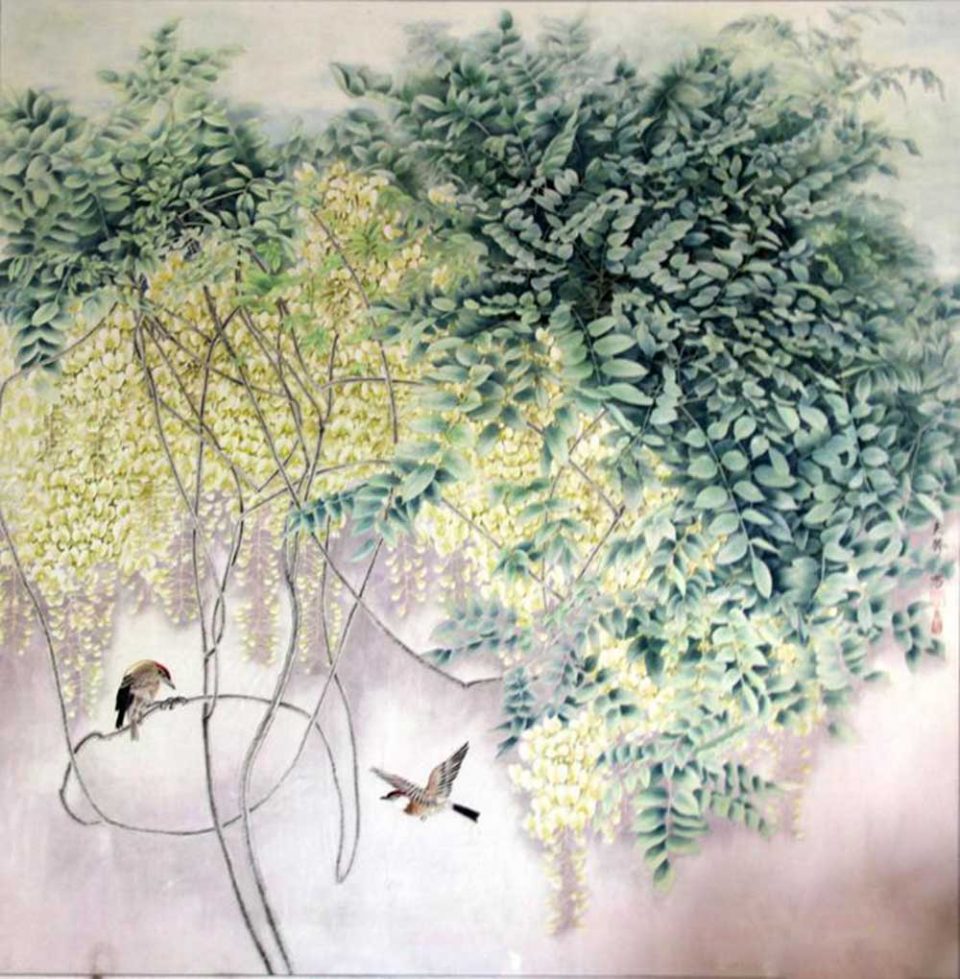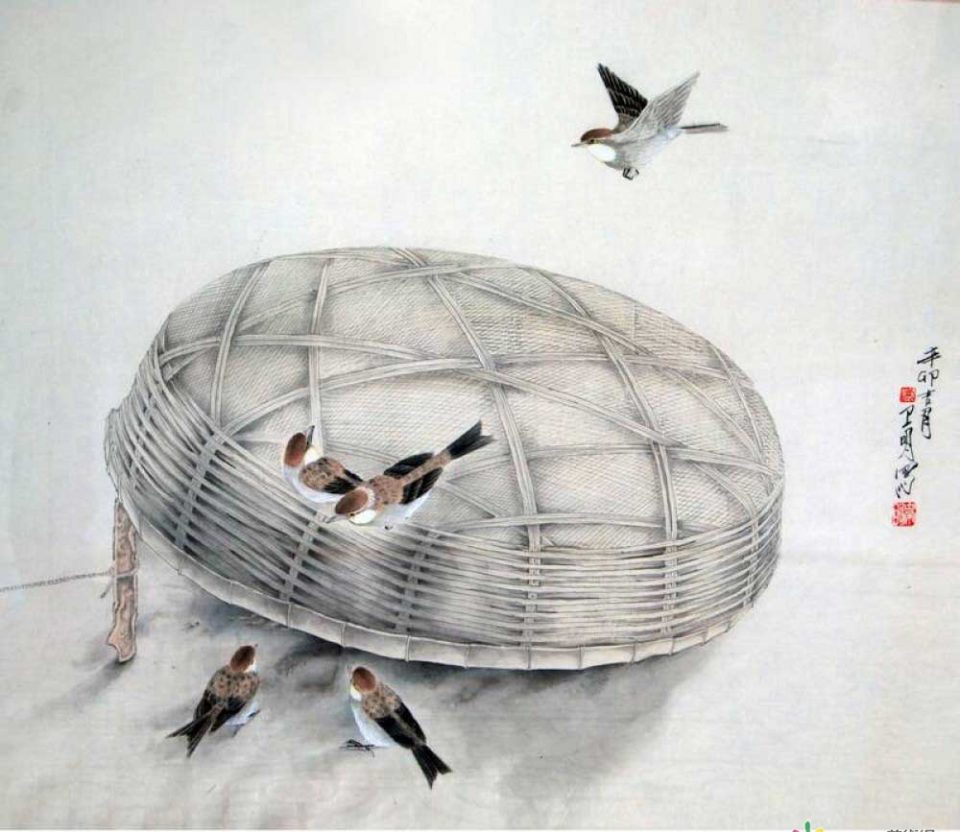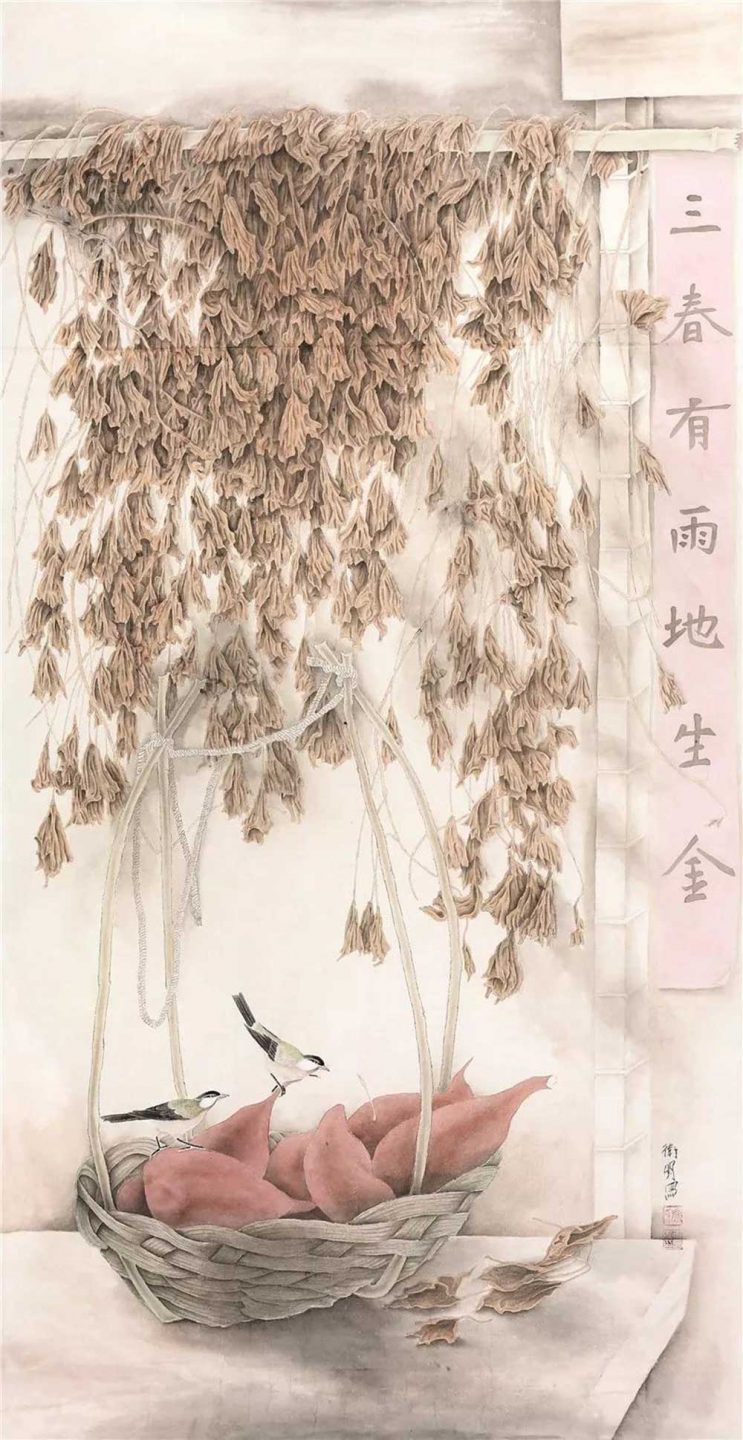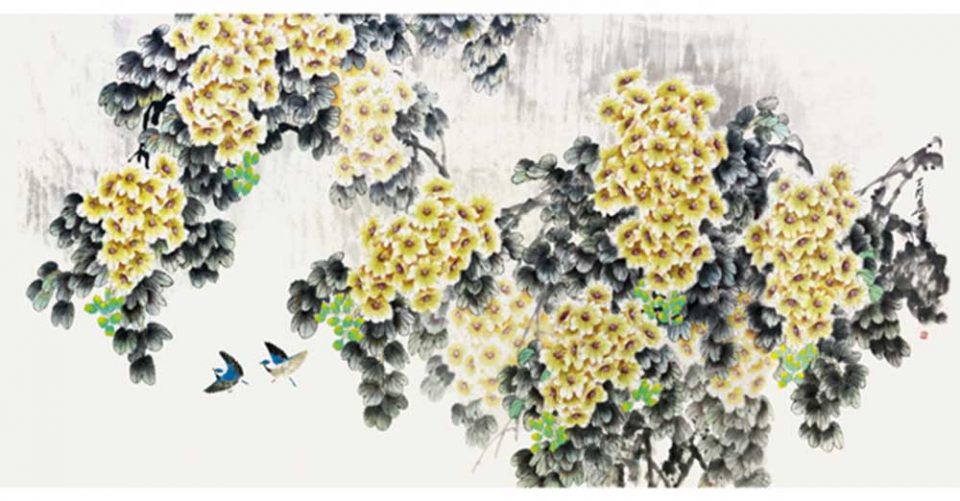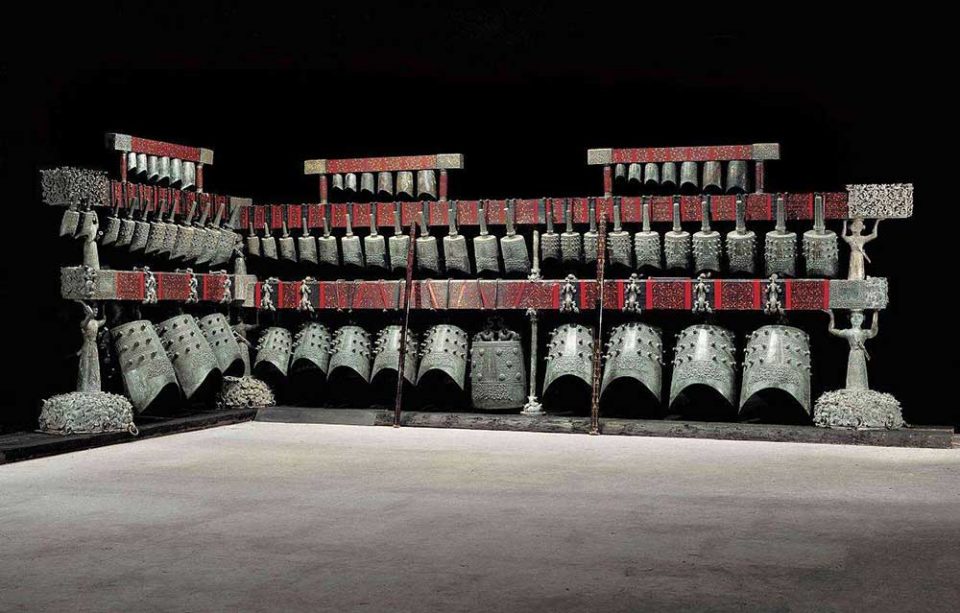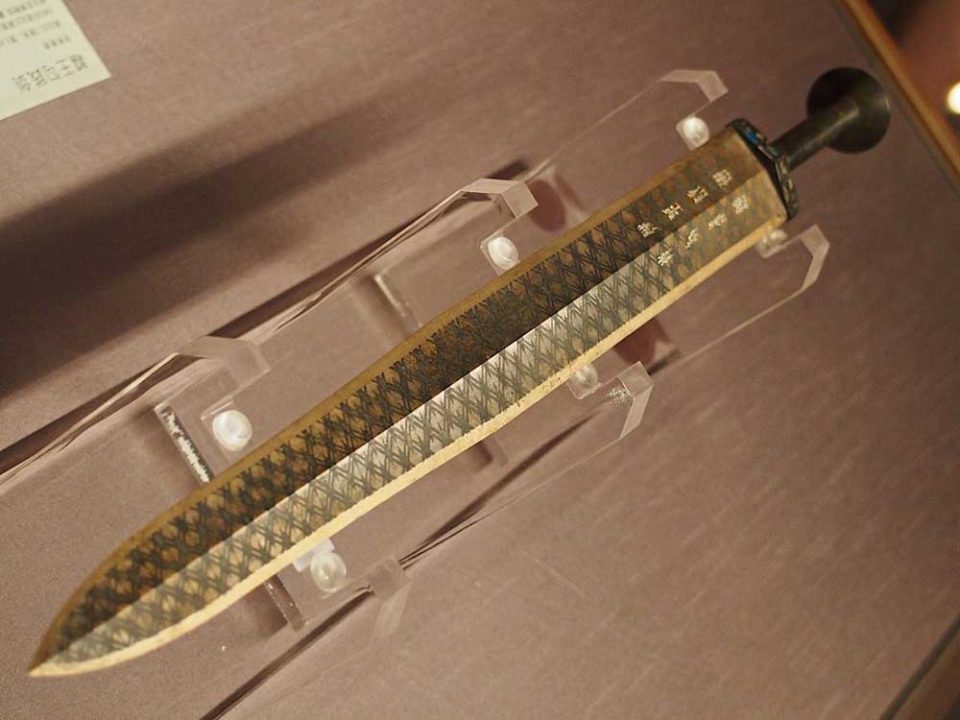
Xu Yu, whose real name is Xu Yu. She said that she started this name because it was a homophonic and poetic picture of her original name, so she uses it now.
More materials to represent the picture to Xu Yu
According to her own introduction, there are many mediums for her paintings, watercolors, colored lead, oil pastels, carbon bars, board paintings, etc. Generally, a material will be changed after a long time, because she always tries to use more More materials to represent the picture.

“Hometown”
At first, I saw Xu Yu write this paragraph on Weibo’s Weibo: “My childhood was in Hangzhou, a small town in a small town in Jiaxing. The farthest place I visited was Hangzhou, when I looked at the province Travelers are envious of the glare of their eyes. When I was in high school, I saw someone going abroad to study abroad. I thought how good it would be if I were to go abroad. I have been looking up at the authors of the books and books since I bought Huaxin, thinking about if one day It ’s good to know them, and I ’d like to be able to freelance one day.
Things come to mind here, the world becomes wonderful. Later, when I went to college, I started to skip classes and save money to travel, and later I fought with my parents After studying abroad, I started to run around the world, and I also became an author of the heart and a freelancer. What ’s even more amazing is that those who I have followed since high school are much better now. Become a friend and a fan friend (speaking of a flower in my heart here).
as long as I do it, I can do it
Once I only dare to think about things, I naturally reflected them into reality a little bit. Not long ago, I had a wish to go to the beach to see the stars Look at the moon. At this moment on the sea breeze terrace, the stars are all over the sky. It seems that as long as I can think of anything, as long as I do it, I can do it. “

“The watermelon field in summer is a beautiful memory of my childhood”
For Xu Yu, painting is not about how skilled you are, but about showing what you want to say. Techniques are physical things, and what you really have in mind does not depend on your skills. Anyone can draw.

“One year I lived in Tuscany, and the small country-style lifestyle allowed me to enjoy the complete life of an Italian.”
Like Xu Yu, she is a cute little girl in the eyes of friends. Her favorite things may be painting and traveling, and occasionally love cooking.
“XuYu is really a childlike girl.”
In the memory of her friend, she was a girl who ran to Sicily with her two schoolbags on her own. The schoolbag was full of equipment needed for painting. “You will be very happy to follow her, she will tell you the story she met on the trip.” My friend said “Because Xu Yu particularly likes to chat with others, I remember that when the Roman tourist encountered her, she came to know a Japanese and Korean Traveling friends have also listened to their stories. It feels amazing! Xu Yu is really interesting and interesting (Courage of the Northeast dialect). ”

“The Beautiful Legend of Sicily”
Xu Yu said: “Every aspect of life can give me a lot of inspiration. Traveling, painting, watching movies, and living in different places. I want to paint too many things every day. I just hate that time is not enough.”

She also said: “The perception of live painting is completely different from that of taking pictures.”

“Southern Diary”
“Southern Diary” is her graduation project and the first personal picture book in her life. This book can be regarded as an account of her in the past 20 years.

The inner page of the picture book “Distance”
Xu Yu : Let’s go travel!
In fact, Xu Yu’s painting is the story of her life experience, simple and beautiful. We always have all kinds of messy reasons to disturb our travels, but with Xu Yu’s paintings, we can see the beauty and follow her story line.
At the same time, you can also look forward to the story “Italian Alone” she has assembled for three years.
Will you finally have the urge to say?
“Let’s go travel!”

“Southern Diary”

“Southern Diary”

“Southern Diary”
xu yu resume
Xu Yu, graduated from the School of Art and Design, Zhejiang University of Technology,
Now studying at the Bologna Academy of Fine Arts as a graduate student in comics, and is also a freelance creator,
Now cooperating with magazines such as “Painted Heart”, “Picture Box”, “Middle School Place”, “Children’s Literature”, “National Geographic”, “Traveller” and so on Co-published books “Adventures of Rabichi” and “Distance”. Published works:
In 2017, cooperated with Tomorrow Publishing House to publish “Distance”
In 2017, he co-published “The Adventures of Rabbi” with Red Horse Book
Published a personal picture book “Southern Diary” in 2018 (intimate traveler)
In 2018, cooperated with Le Fun to publish the flip book “Unveiling the 24 Solar Terms”
